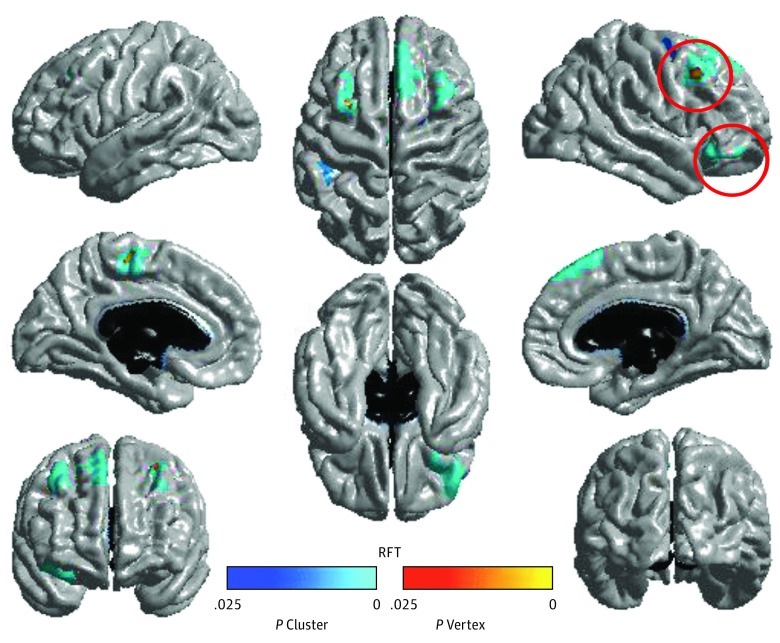Figure 4. Clusters With Significant Age × Sex × Positive Maternal Behavior × Neighborhood Disadvantage Interactions in Cortical Thickness.
Clusters with significant age × sex × positive maternal behavior × neighborhood disadvantage interactions in cortical thickness (random field theory [RFT] corrected, P < .01). Positive maternal behavior (during the problem-solving task) moderated the association between neighborhood disadvantage and development of cortical thickness in males. Plots of the interactions for the clusters that are circled can be found in Figure 3.

